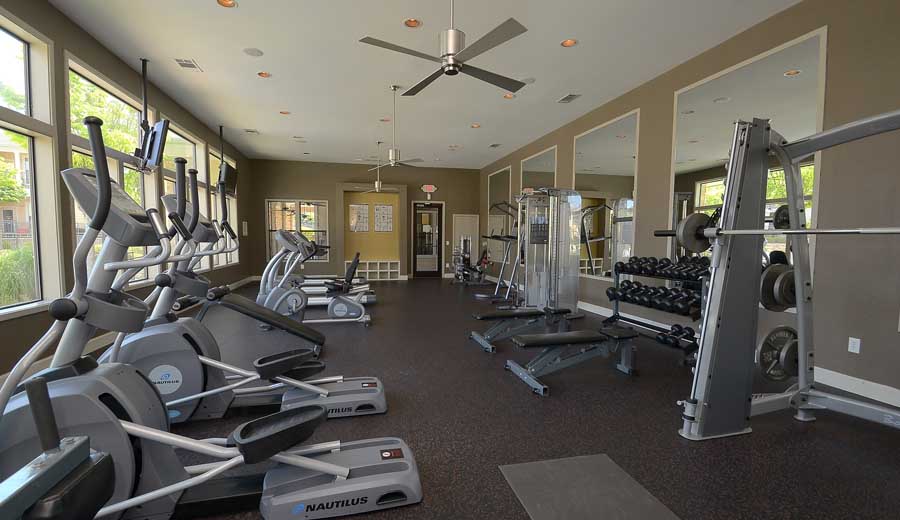In your gated apartment complex, the ‘common area’ is an indivisible area that is co-owned by every resident, and collectively maintained by every resident. The Apartment Act of a state as well as the Real Estate (Regulation and Development) Act, 2016 help define and govern the common area in an apartment complex.
What Constitute the ‘Common Area’?
As per the Real Estate (Regulation and Development) Act, 2016, the common area in an apartment complex includes the following.
- The entire land for the real estate project, or if the project is developed in phases and registration under the RERA is sought for a phase, the entire land for that particular phase.
- Staircases, elevators, staircase and elevator lobbies, fire escapes and common entrances and exits of buildings.
- Common terraces and basements, parks, play areas, open parking areas and common storage spaces.
- The premises for lodging of persons who are employed for the management of the property, including accommodation for watchmen and ward staff or for the lodging of community service personnel.
- All community and commercial facilities as provided in the real estate project.
- Installations of central services such as electricity, gas, water and sanitation, air-conditioning and incineration, and systems for water conservation and renewable energy.
- Water tanks, pumps, motors, compressors, fans, ducts, and all apparatus connected with installations for common use.
- Other portions of the project necessary or convenient for its maintenance, safety, etc., and in common use.
How You Can Identify the Common Area
The sale deed and the registration documents usually clearly mention the details of the land and the common facilities. It should also mention the percentage of undivided interest appertaining to the apartment in the common areas and facilities. Limited common areas and facilities must also be clarified.
Maintenance of the Common Area
It is the responsibility of the builder to maintain the common area till the association of apartment allottees takes charge. All residents are equally responsible for the maintenance of the common area. In the case of commercial buildings, the landlord is responsible for maintaining the common area.
Common areas are not divisible by the residents. There cannot be any partition, and there cannot be any hindrance or encroachment of the rights of others by any member of the association.

The association of apartment owners has the irrevocable right to access the apartment, during reasonable hours, for maintenance, repair, and other related works. Any such work should be in accordance with the provisions of the Apartment Act of the respective state and the bye-laws.
Maintenance Cost of the Common Area
It is the responsibility of the residents’ association to repair and maintain the building. A fixed amount is generally levied on each member towards this purpose. The Real Estate (Regulation and Development) Act, 2016 mandates that every allottee should be responsible for making payments towards the maintenance of the property and the premises.
Till the time the residents’ association is formed and takes over the maintenance of the common area, the builder is responsible for the upkeep against a fee charged to every allottee.
Even if any allottee is not staying in the apartment complex, yet it is his/her responsibility to pay regular maintenance charges. No apartment owner can exempt himself from payment of maintenance charges whether or not he/she is actively using any common facility. For example, no member can avoid paying the full maintenance charges even if he/she is not using any common facility such as the swimming pool or the gym.
The responsibility of paying the maintenance charges falls on the owner and if the apartment is leased out, the tenant generally pays it. An apartment association cannot charge an owner and tenant differently.
Changing the Character of the Common Area
In any apartment complex, the common area can be used for other purposes but not ‘converted’ by an individual for any other use that serves his/her individual interest. For example, if someone chooses to park a vehicle in the common area, it will not become an official parking space.
Common Area Maintenance of a Commercial Building
In the case of a commercial property, the landlord is responsible for the upkeep and maintenance of the building. Some of these charges include payments towards insurance, repair, property maintenance, administrative charges, pest control services, and security services.
In an apartment complex, it is important that the feeling of a community grows. The common area is the place for interaction and it is important to know the rights and duties of the residents towards the common area.







In our apartment common area r used for children playing on that floor is it allows by society,& it’s disturbing other flat oweners .pl advice
how to find common area that belongs to my apartment when selling it? Can I find it from the plan? As per construction agreemnent, my apt built-in area is 860 (Schedule B) sq ft and I purached an arae of 400 of land (schedule A).